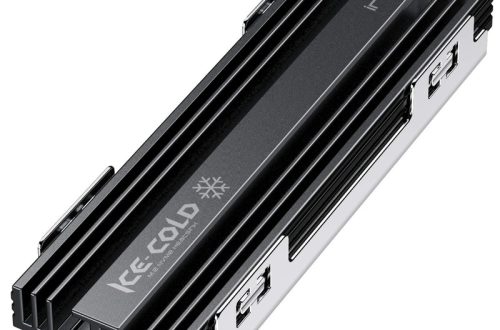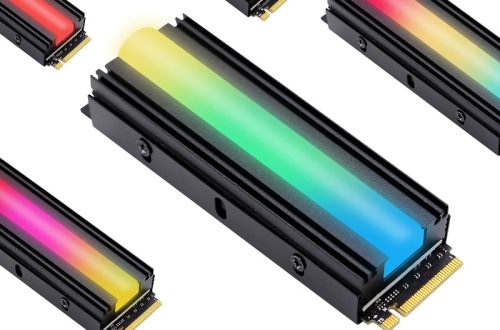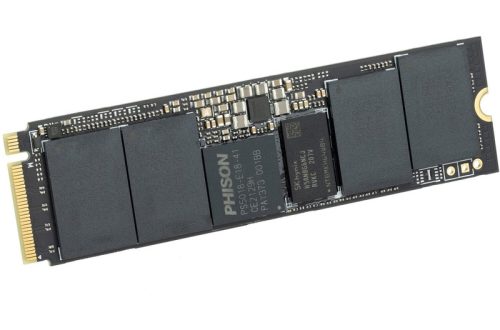Evolution of CPU Transistor Counts
The advancement of CPUs is evident through the exploding number of transistors inside them. Every year, CPUs become more complex with an increase in transistor counts. This rise is not random. It aligns with Moore’s law, predicting that the number of transistors on a microchip doubles every two years.
From the Intel 4004 to Today’s CPUs
The journey began with the Intel 4004, the pioneering microprocessor packed with 2,300 transistors. Over five decades later, CPUs like Apple’s M2 Ultra boast 134 billion transistors. Such growth is not just about numbers. It marks evolution in computing power, efficiency, and sophistication. Modern CPUs handle tasks that the Intel 4004 could never have imagined.
Milestones in CPU Developments
CPU development landmarks include Intel’s introduction of the Pentium series and the shift to multi-core processors. The leap from 9.5 million transistors in the Pentium III to billions in today’s CPUs underscores rapid technological strides. Each milestone represents a breakthrough in enhancing the CPU’s capabilities. Thus, propelling computing into new eras of performance and reliability.

Understanding CPU Transistor Technology
Significance of Transistor Density in CPUs
Transistor density is crucial for CPU power. More transistors mean more processing capabilities. CPUs with dense transistor populations have better performance. They can run complex tasks and handle more data. High transistor density also helps in reducing the overall size of the CPU. This makes it possible to build smaller yet powerful devices. It’s the reason why modern smartphones can rival old desktop computers. Each advance in density marks an innovation leap in CPU design and efficiency.
Bipolar & Field-Effect Transistors
Transistors come in two main types: bipolar and field-effect. Bipolar transistors switch fast, aiding quick data processing. They are made of layers of semiconductor material. Current flows through these layers and can be amplified. This makes the transistor act like a signal booster. In contrast, field-effect transistors (FETs) use an electric field to control the flow. They are more common in CPUs due to their efficiency. FETs can switch on and off without needing a lot of power. This type keeps CPUs from overheating and allows for more transistors on a chip.
The Relationship Between Transistor Counts and CPU Performance
The number of transistors in a CPU ties closely to its performance. More transistors usually mean greater processing capacities. As transistor counts rise, CPUs can handle more data and complex tasks efficiently.
Computational Power and Multi-Core Design
Transistors serve as tiny switches that allow CPUs to perform calculations. Higher transistor counts mean CPUs can do more operations simultaneously. This leads to better computational power. Multi-core designs, enabled by higher transistor counts, let CPUs manage several tasks at once. Each core acts independently, which boosts the overall speed and efficiency.

Overcoming Thermal and Software Limitations
However, there are limits to transistor counts. CPUs generate heat when transistors switch on and off. Too many transistors can cause overheating, affecting performance and lifespan. Also, software must be designed to use multicore CPUs effectively. If the software isn’t optimized for multicore use, extra transistors won’t improve performance. So, while more transistors can enhance a CPU’s abilities, other factors like cooling solutions and software must also be considered.
The Role of Transistors in CPU Functionality
Transistors are integral to CPU operations. They function as logic gates, facilitating data processing. Essentially, they are the switches within the CPU that execute numerous computations required for software operations. More transistors mean a CPU can perform more tasks simultaneously.
Logic Gates and Data Processing
In CPU architecture, transistors form logic gates. These gates perform basic operations on binary data. They control how data flows and is processed within the CPU. This affects how quickly and effectively programs run. The number of logic gates is directly tied to how many transistors are in a CPU.
The Impact of Faulty Transistors on CPU Operations
A single faulty transistor can influence CPU functionality. If a crucial transistor fails, it may hinder the CPU’s ability to perform specific tasks. In extreme cases, it could result in a system failure. Manufacturers design CPUs with redundancy, expecting that not all transistors will work perfectly. This redundancy helps the CPU remain operational even with some faulty transistors.
Advances in Manufacturing Processes
The CPU’s brainpower comes from transistors, tiny on-off switches for data processing. Making these transistors smaller is a big deal. Smaller transistors make faster, smarter CPUs that use less power. This is where nanometer technology shines. It’s about making transistor parts, really tiny ones, right down to nanometers.

Achievements in Nanometer Technology
Nanometer technology achievements are impressive. We’ve gone from CPUs with parts 10 nanometers wide to 3 nanometers. Now, each CPU can hold lots more transistors. These tiny nanometer sizes mean CPUs do more in less space. This leap in microchip tech is a big reason why today’s gadgets are so powerful yet small.
The Progression from 3nm to 2nm Chips
The jump from 3nm chips to 2nm is coming soon. These chips will push boundaries in both speed and efficiency. They’re a huge step in CPU tech. Companies are already preparing for 2nm chips, expected to debut in 2025. They promise even more power in smaller sizes for our electronic devices. This move could mean big changes for how devices work and what they can do.
The Future of CPUs and Transistor Counts
Transistor counts in CPUs will continue to grow, challenging designers and manufacturers. This growth leads to better performance but presents difficulties in scaling and design.
Tackling the Challenges of Scaling
As CPU transistors become more numerous, the process of making them smaller becomes increasingly challenging. Nevertheless, smaller transistors are critical for creating faster and more efficient CPUs, enabling them to handle complex tasks with greater ease. To address these challenges, industry leaders like TSMC are innovating in both materials and manufacturing techniques. For instance, they experiment with advanced semiconductors and novel architectures to enhance performance. Additionally, managing the heat generated by a larger number of transistors presents another significant hurdle that must be overcome. Effective thermal management solutions are essential to ensure stable operation. Furthermore, it is crucial to ensure that software can keep pace with the rapid advancements in hardware, maximizing the potential of new technologies and allowing for a seamless user experience. Together, these efforts aim to push the boundaries of what is achievable in CPU design and performance.
Expectations Beyond Moore’s Law
Moore’s Law has guided CPU growth for decades. However, there’s a limit to how small transistors can get. Innovations may shift from just adding more transistors to finding new ways to increase power. This could include new materials like graphene or even quantum computing breakthroughs. The future might hold surprising changes for CPUs as we look beyond Moore’s Law.

Notable CPUs and Their Transistor Counts
The landscape of CPU technology is dotted with remarkable processors, each showcasing a staggering number of transistors. These CPUs are benchmarks of engineering prowess, defining the pinnacle of performance in their time.
Examining the M2 Ultra and Other High-Count Transistor CPUs
Apple’s M2 Ultra chip is a testament to the rapid progression of CPU transistor counts, boasting 134 billion transistors. This giant leap enables unprecedented multitasking and speed for demanding applications. Similarly, AMD’s Zen 2 based Epyc Rome processor impresses with 39.54 billion transistors, setting a high bar for server-level performance. These CPUs exemplify the symbiotic relationship between transistor counts and computational might, serving as crucial components for power users and businesses alike.
However, Apple and AMD aren’t alone in this pursuit. Intel’s series of Core processors have consistently pushed transistor limits as well. With each iteration, from Core i5 to the i9, Intel has increased transistor density, harnessing enhanced capabilities and efficiency. The technological milestones these CPUs represent are substantial, reflecting a drive towards more powerful and robust computing machinery.

A Glimpse at Future CPU Projections
Looking ahead, the trajectory of CPU development seems poised for further breakthroughs that could reshape our technological landscape. Projections suggest that transistor counts will climb even higher, potentially breaking new records. Anticipation builds for the arrival of revolutionary 2nm chips, which promise to bring an even greater density of transistors, possibly surpassing the remarkable 200 billion mark. This leap forward is expected to enhance not only speed but also efficiency in computing tasks. As designers grapple with the physical and practical limits of transistor miniaturization, innovation thrives in unexpected ways. Such advancements hint at CPUs that may one day operate on fundamentally different principles, such as quantum mechanics or neuromorphic computing. This shift could lead to a new era of processors that redefine our understanding of computational power, allowing us to tackle previously insurmountable challenges. Ultimately, these technological evolutions may change how we interact with digital systems, opening doors to possibilities we have yet to imagine.




